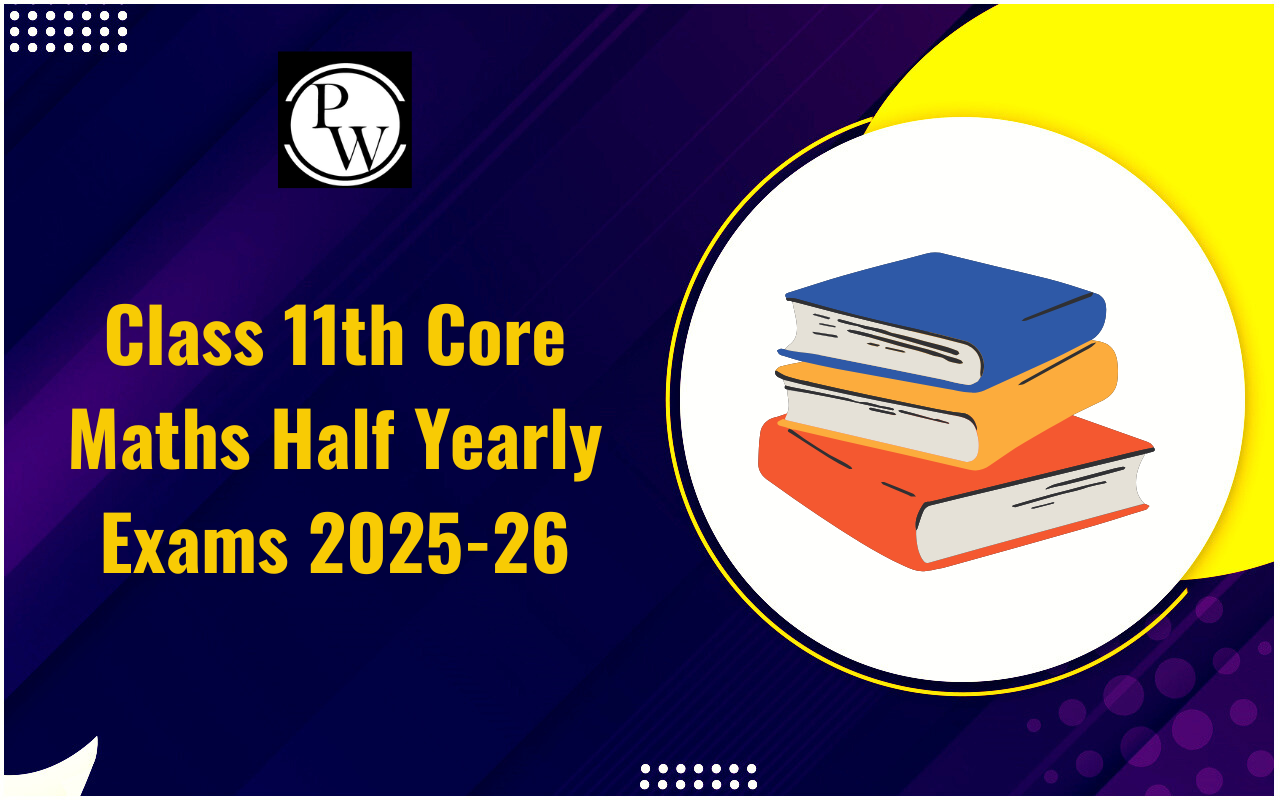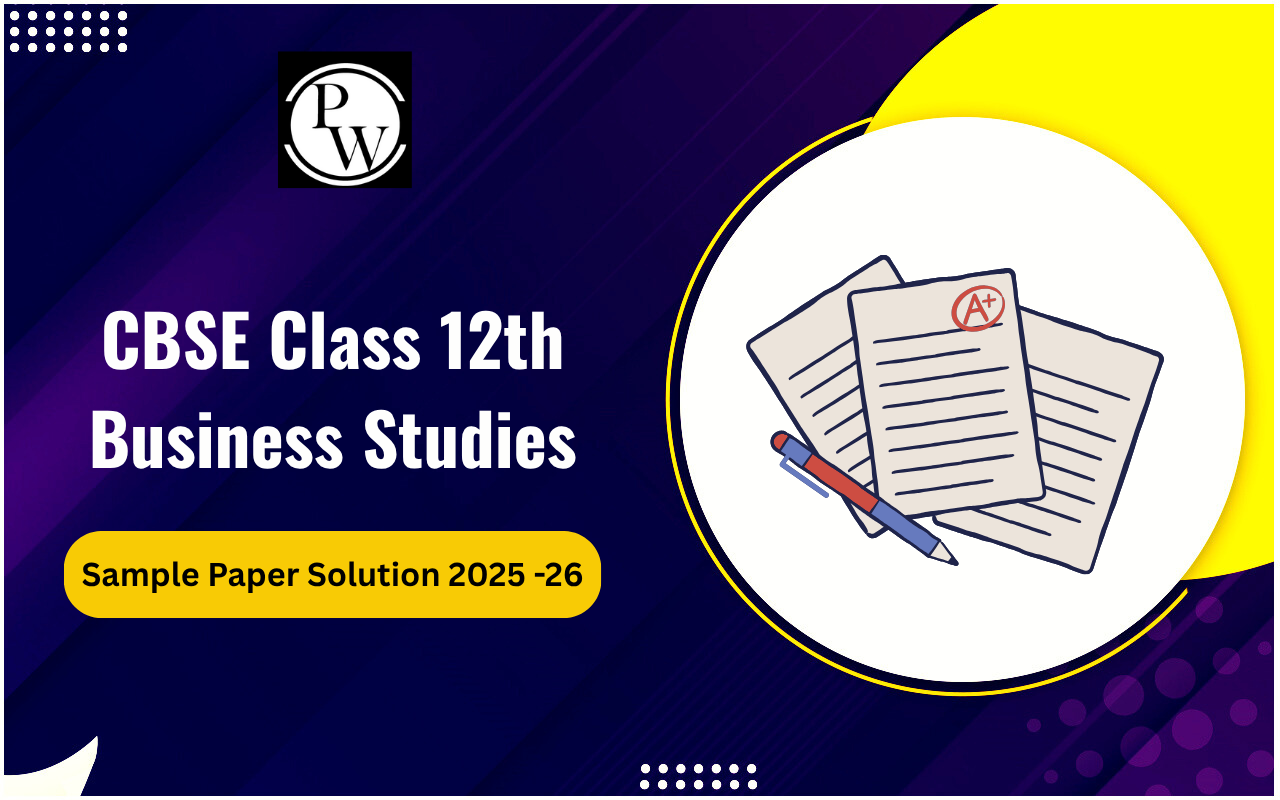
Uniform Charge Method is one of the methods of measuring the depreciation of a certain asset. Depreciation refers to the loss in the value of the fixed assets owing to normal wear and tear, loss of time or obsolescence due to technology. Thus, it becomes essential to measure this loss in value of an item and also account for it.
There are various methods of providing depreciation through the depreciation formula. However, we can broadly classify these methods into Uniform Charge Methods, Declining Balance Methods, and Other Methods. In the Uniform Charge method, the value of depreciation is charged in a uniform manner year after year in the form of a fixed installment method and many more. However, this method is best applicable to productive assets. There are some sub-methods that fall under this.Also Read- Global Financial Crisis of 2008, Impact, Cause, and Policies
Uniform Charge Method Formula and Meaning
Depreciation is applied uniformly each year to fixed assets that display uniform productivity over an ongoing period of time when employing the Uniform Charge Methods. This assures a constant yearly depreciation amount, which is derived by reducing the asset's cost from its net residual value and dividing the result by the asset's useful life. Depreciation Formula: Depreciation Amount = Cost of Asset – Net Residual Value / Useful Life Depreciation Rate = (Annual Depreciation / Cost of Asset) × 100Different Types of Uniform Charge Method
There are different sub-methods that fall under the Uniform Charge Method. Each of these has pros and cons. When implementing any of these, the organization should consider its resources and capabilities to choose the best method. Under the uniform charge method, there are 4 sub-methods each used for different objectives and having different importance and drawbacks:- Depreciation Fund Method
- Insurance Policy Method
- Fixed Installment Method
- Annuity Method
Method of Depreciation Funding
When the cost of depreciation is too huge and the new asset cannot be purchased with the leftover funds, this submethod f uniform charge method is used. Even if the depreciation cost is reported every year with suitable terms and conditions, the organization may occasionally lack money to purchase the following item. This approach is used in such situations.Method of Insurance Policy
The company does not purchase securities in this approach; instead, it purchases an insurance policy. This insurance policy covers the cost of the asset that must be replaced. Every year, at the start, the corporation will be required to pay a premium. The insurance company promises to give them a particular sum of money in exchange for the premium.Also Read- Economic Challenges in India
Method of Fixed Installments
The fixed installment method records a specific cost of depreciation based on the utility of the asset's life. When the asset's utility life expires, the depreciation value either falls to zero or is changed to its residual value.The Annuity Method
The depreciation value is calculated using this approach using the asset's cost and the interest loss on capital expenditure. This strategy is based on the notion that if the investment had been made somewhere else, the outcome would have been better. That is why, in order to retain a clean record of depreciation value, we compute interest loss as well.Factors of Depreciation Calculation
The amount of depreciation that must be charged in each accounting period is determined by taking into consideration a number of different criteria. Among them are:The Asset's Cost
The asset's cost is sometimes referred to as its historical cost. It includes the fixed asset's acquisition price as well as additional expenses related to restoring the asset to operational condition. These expenses cover things like commission, insurance, installation fees, freight and transportation, etc.Salvage Value
The terms scrap value and net residual value are other terms for salvage value. At the conclusion of an asset's useful life, it is its estimated net realizable value. The difference between the sale price and the costs associated with getting rid of an asset determines its worth.Looking for the Best Commerce Coaching?
Enroll Now in PW Commerce Batches!
Calculated Useful Life
The word "useful life" refers to an asset's commercial or economic life. Now, an asset's physical life is not taken into account while determining its useful life. This is due to the possibility that an asset employed for production purposes may not be in acceptable physical condition after a few years.Depreciation Methods
It is necessary to determine an appropriate method for dividing the asset's cost among the usage periods. Generally speaking, the patterns of expected earnings from a particular asset determine the appropriate depreciation method. This implies that various techniques would be applicable to various kinds of firm assets.Unit Charge Method FAQs
What are the 3 methods of depreciation?
The Straight-Line Depreciation Method, the Double Declining Balance Method, the Units of Production Method, and the Sum-of-the-Years-Digits Method are the four main methods for calculating depreciation.
What is the rule for charging depreciation?
According to the Income Tax Act, we must charge the full year's depreciation on an asset that has been in use for more than 180 days.
Can we claim depreciation?
Co-owners have a right to claim depreciation according to the worth of each co-owned asset.
What is the full form of EBITA?
Investors use Earnings before interest, taxes, and amortization (EBITA) as an indicator of a company's profitability.
Can you claim 100% depreciation?
Yes, under bonus depreciation laws, businesses are able to deduct and depreciate all of the cost of a motor vehicle.
Talk to a counsellorHave doubts? Our support team will be happy to assist you!

Check out these Related Articles
Free Learning Resources
PW Books
Notes (Class 10-12)
PW Study Materials
Notes (Class 6-9)
Ncert Solutions
Govt Exams
Class 6th to 12th Online Courses
Govt Job Exams Courses
UPSC Coaching
Defence Exam Coaching
Gate Exam Coaching
Other Exams
Know about Physics Wallah
Physics Wallah is an Indian edtech platform that provides accessible & comprehensive learning experiences to students from Class 6th to postgraduate level. We also provide extensive NCERT solutions, sample paper, NEET, JEE Mains, BITSAT previous year papers & more such resources to students. Physics Wallah also caters to over 3.5 million registered students and over 78 lakh+ Youtube subscribers with 4.8 rating on its app.
We Stand Out because
We provide students with intensive courses with India’s qualified & experienced faculties & mentors. PW strives to make the learning experience comprehensive and accessible for students of all sections of society. We believe in empowering every single student who couldn't dream of a good career in engineering and medical field earlier.
Our Key Focus Areas
Physics Wallah's main focus is to make the learning experience as economical as possible for all students. With our affordable courses like Lakshya, Udaan and Arjuna and many others, we have been able to provide a platform for lakhs of aspirants. From providing Chemistry, Maths, Physics formula to giving e-books of eminent authors like RD Sharma, RS Aggarwal and Lakhmir Singh, PW focuses on every single student's need for preparation.
What Makes Us Different
Physics Wallah strives to develop a comprehensive pedagogical structure for students, where they get a state-of-the-art learning experience with study material and resources. Apart from catering students preparing for JEE Mains and NEET, PW also provides study material for each state board like Uttar Pradesh, Bihar, and others
Copyright © 2025 Physicswallah Limited All rights reserved.
Get App









